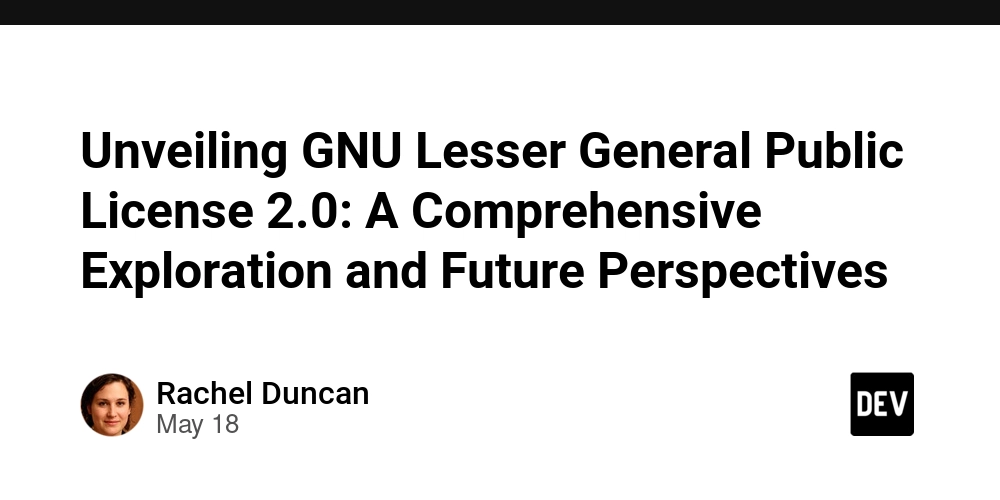Blended finance: The missing link in scaling climate innovation
Deploying blended finance for climate action is not just an investment, but a necessary launchpad for the future which our planet's well-being depends on.


As global societies are pacing towards funding solutions for climate change, there is an increasing trend of sustainable financing. Valued at $5.87 trillion in 2024, sustainable financing is expected to grow at a CAGR of 19.8% between 2025 to 2030. Sustainable financing directs capital towards projects aiming to positively impact the environment. However, lack of appropriate funding persists as a challenge in achieving these goals. This is where the sophisticated approach of blended financing comes into the picture.
Blended finance uses public or philanthropic capital to attract private investment into projects with social or environmental benefits—like clean energy, climate tech, or sustainable agriculture. By offering concessional tools such as low-interest loans, guarantees, and first-loss capital, blended finance lowers the risk for private investors. This “blending” helps scale solutions that are essential for people and the planet, but may not yet be commercially viable.
The blended finance story: From then to now
Blended finance has evolved over the years, from being within the purview of international organisations to mobilising private capital for sustainable development, climate action, and social impact:
Pre-2000s – Early foundations:
Development finance institutions (DFIs) like the World Bank used concessional funding to de-risk investments in emerging markets. The idea of leveraging public capital to crowd in private finance came into play.
2000s – Formalization:
The term “blended finance” gained traction as DFIs and agencies like the IFC and USAID began using tools like guarantees and technical assistance to attract private capital.
2015 – Global recognition:
With the adoption of the UN Sustainable Development Goals (SDGs) and the Addis Ababa Action Agenda, blended finance became a widely recognized strategy to close the $2.5 trillion annual SDG funding gap.
2015–2020 – Ecosystem building:
Platforms like Convergence were launched to build the field. DFIs and donors increased their commitments, especially in sectors like energy, health, and climate resilience.
2020s – Climate tech focus:
Blended finance increasingly shifted toward supporting climate tech—not just for projects, but for innovation and early-stage ventures. Examples include Breakthrough Energy Catalyst and FAST-P.
Blended financing's role in the climate transition
There is significant capital needed for research, as well as technology development and commercialisation by climate tech startups. Most startups stumble at the proverbial “valley of death”—and for climate tech startups, these could be “multiple valleys of death”. In the early days of a startup, there are limited results to show, making private venture capitalists reluctant to invest. Further, long development cycles, go-to-market challenges, and incumbent competition present additional barriers in securing financing.
Blended finance helps bridge this gap, offering vital capital support from public or charitable sources in the form of low-interest loans, grants, and first-loss capital. This reduces the risk factor in initial stages, allowing startups to show proof of their concept, and raise subsequent investment for their venture.
Some notable examples in the climate tech startup ecosystem include those targeting tough, underfunded sectors: Breakthrough Energy Catalyst, launched by Bill Gates, blends public, corporate, and philanthropic capital to back startups in areas like green hydrogen, sustainable aviation fuel, and direct air capture. It tackles the “valley of death” by funding large-scale demonstrations and securing offtake agreements, making scale-up less risky for follow-on investors.
In South Asia and Africa, agencies like USAID and the UK’s FCDO are stepping in where commercial capital fears to tread. Through programmes like GT Nexus and Private Finance for Nature, they provide first-loss guarantees, concessional equity, and technical assistance to crowd in private investors backing early-stage climate solutions in sectors like regenerative agriculture and climate resilience. Convergence adds another layer: funding the design of new blended finance vehicles targeting overlooked climate tech areas like clean cooling and carbontech.
Ultimately, the distinct advantage of blended finance lies in its willingness to fund areas where conventional sources often hesitate: pioneering, first-of-a-kind technologies; regions or sectors where private capital is cautious, such as the Global South or deep tech; and business models that require a longer timeframe to demonstrate their viability.
Addressing the gap in the blended finance sector
As of 2023, blended finance has mobilized approximately $213 billion in private capital globally. While impressive, this is still far from the $2.5 trillion needed annually to meet the SDGs. The effectiveness also varies by region. In least developed countries (LDCs), each public dollar mobilizes only about $0.37 in private investment–which highlights the challenge of de-risking investments in fragile markets.
To truly increase scale and impact of blended financing, it is essential to set up financial structures that respond to the unique risk levels and time frame of climate technologies. Below are examples of two innovative funding facilities to address these:
- Deep climate tech fund: This fund is designed to provide grant capital to 300 early-stage startups for prototyping. A select 50 startups will receive follow-on equity investment to support their transition from tech development to a market-ready MVP.
- Adaptation & resilience fund: This fund is designed to use a blended structure to attract private capital into scalable adaptation solutions. The structure includes a senior tranche of commercial equity, a mezzanine tranche of concessional equity, and an equity first-loss guarantee to de-risk investment.
The path forward
Blended finance is fast becoming a vital launchpad for climate tech startups. As capital flows in, we must stay focused on prioritizing smart fund design, local context, and scaling what works. Recognizing that today’s startups are tomorrow’s climate solutions, a strategic approach to blended finance is not just an investment, but an imperative to fund the future upon which our planet's well-being depends.
(Nalin Agarwal is the Founding Partner of Climate Collective.)
Edited by Jyoti Narayan












































































































































































![[The AI Show Episode 146]: Rise of “AI-First” Companies, AI Job Disruption, GPT-4o Update Gets Rolled Back, How Big Consulting Firms Use AI, and Meta AI App](https://www.marketingaiinstitute.com/hubfs/ep%20146%20cover.png)

























































































































![[FREE EBOOKS] Modern Generative AI with ChatGPT and OpenAI Models, Offensive Security Using Python & Four More Best Selling Titles](https://www.javacodegeeks.com/wp-content/uploads/2012/12/jcg-logo.jpg)




![How to make Developer Friends When You Don't Live in Silicon Valley, with Iraqi Engineer Code;Life [Podcast #172]](https://cdn.hashnode.com/res/hashnode/image/upload/v1747360508340/f07040cd-3eeb-443c-b4fb-370f6a4a14da.png?#)











































































































































![[Virtual Event] Strategic Security for the Modern Enterprise](https://eu-images.contentstack.com/v3/assets/blt6d90778a997de1cd/blt55e4e7e277520090/653a745a0e92cc040a3e9d7e/Dark_Reading_Logo_VirtualEvent_4C.png?width=1280&auto=webp&quality=80&disable=upscale#)











































































-xl-(1)-xl-xl.jpg)


























![iPhone 17 Air Could Get a Boost From TDK's New Silicon Battery Tech [Report]](https://www.iclarified.com/images/news/97344/97344/97344-640.jpg)
![Vision Pro Owners Say They Regret $3,500 Purchase [WSJ]](https://www.iclarified.com/images/news/97347/97347/97347-640.jpg)
![Apple Showcases 'Magnifier on Mac' and 'Music Haptics' Accessibility Features [Video]](https://www.iclarified.com/images/news/97343/97343/97343-640.jpg)
![Sony WH-1000XM6 Unveiled With Smarter Noise Canceling and Studio-Tuned Sound [Video]](https://www.iclarified.com/images/news/97341/97341/97341-640.jpg)






































































